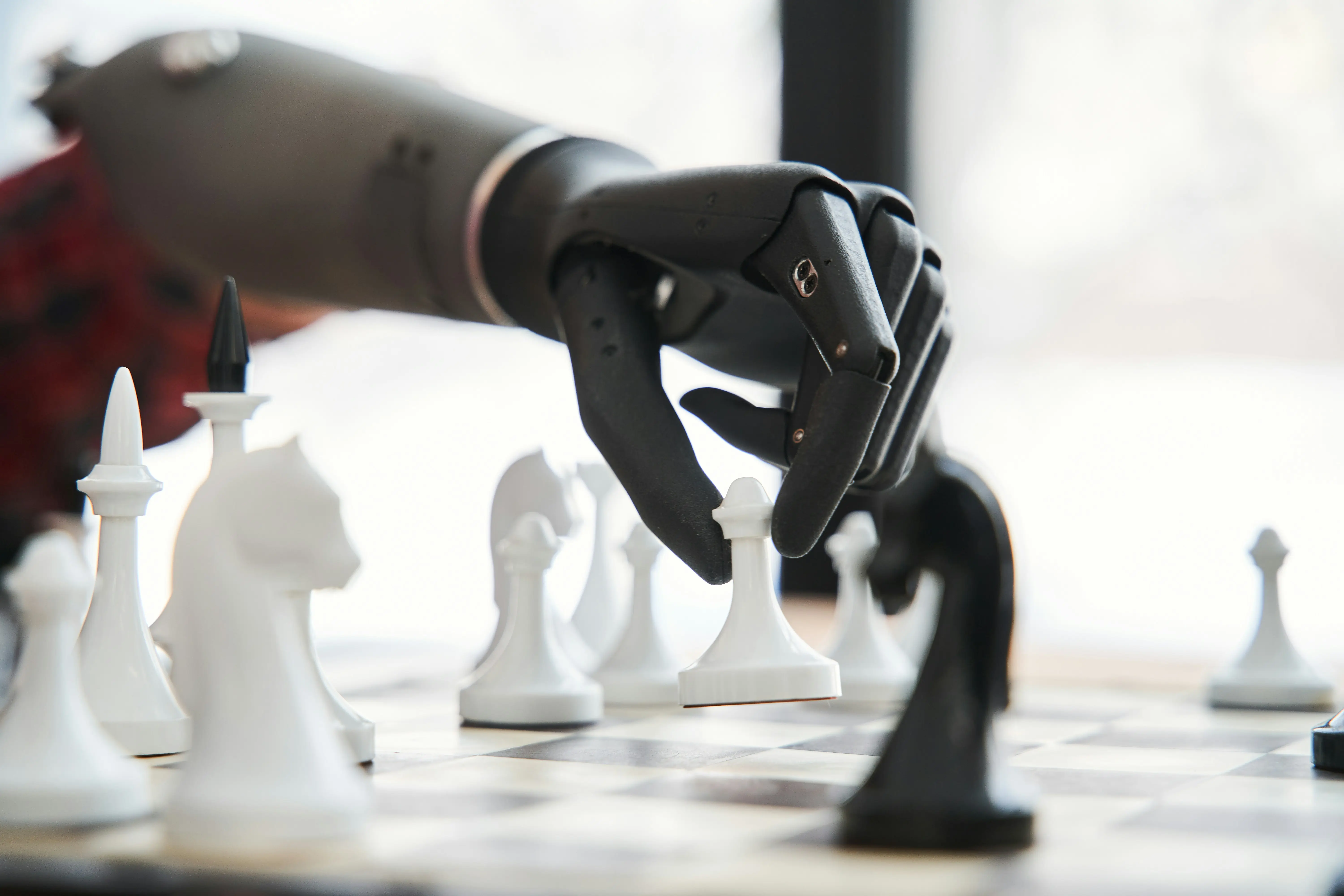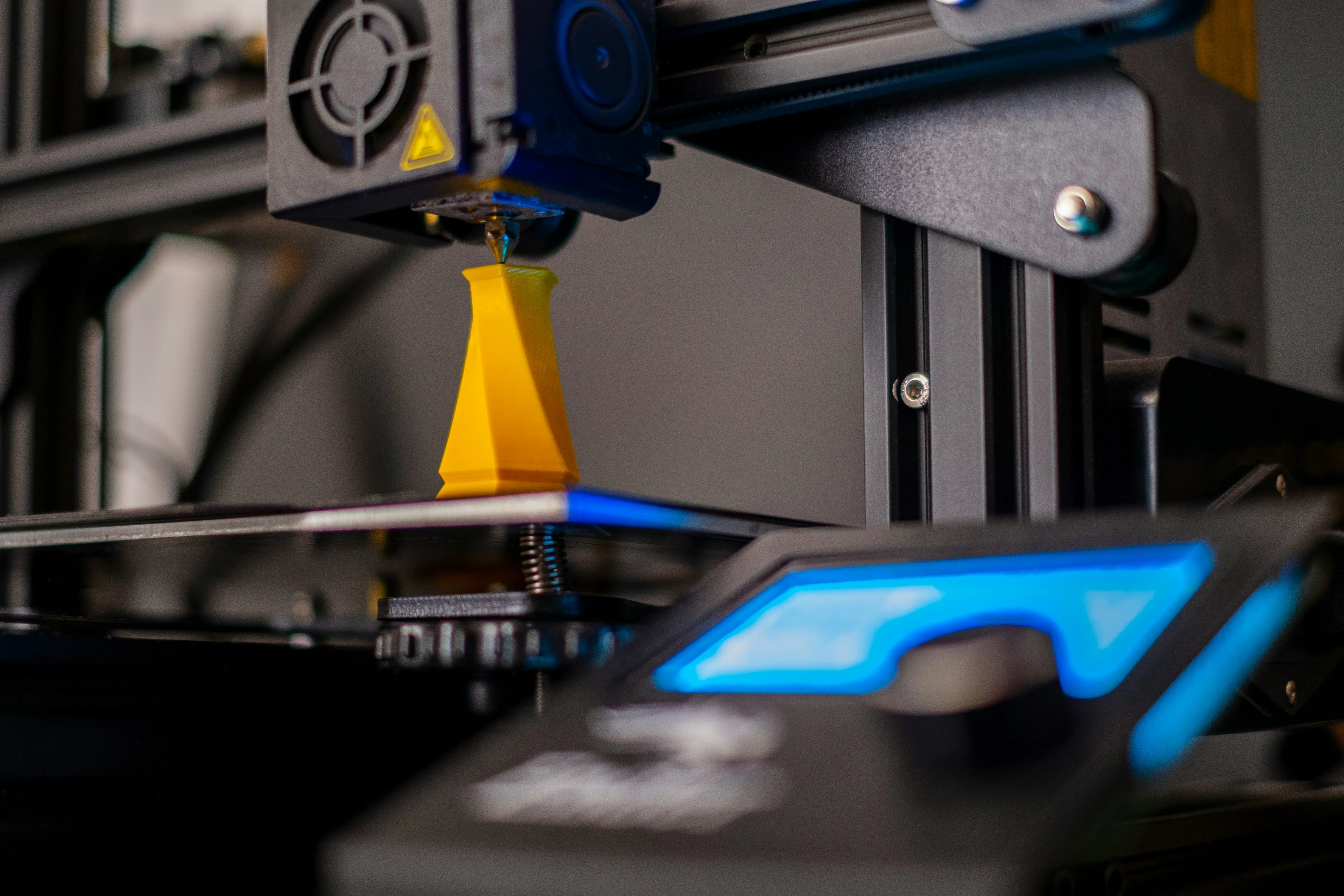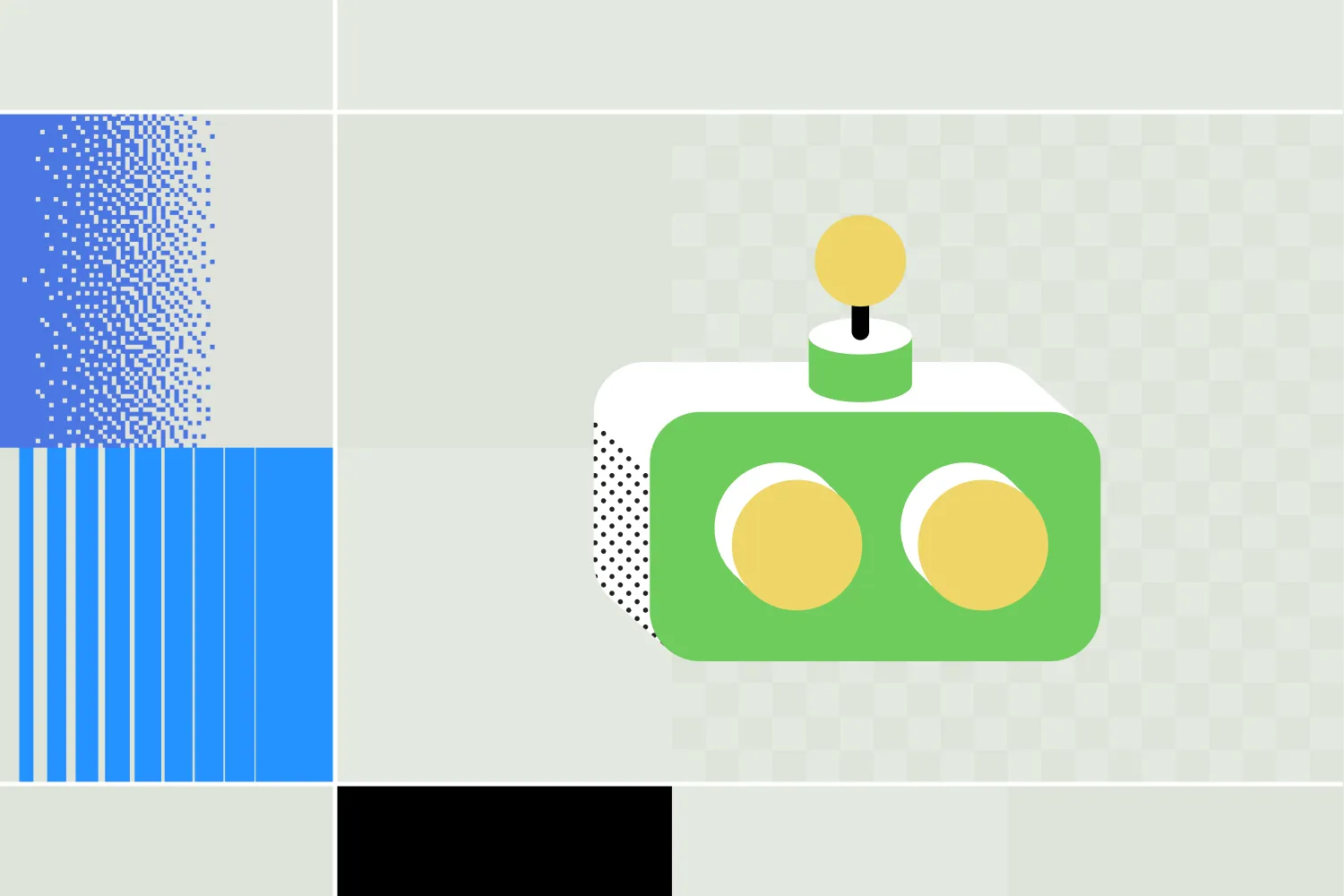- 人工智能代理既有对当前输入做出反应的简单反射系统,也有能够规划、学习和协调各领域复杂任务的复杂代理。
- 简单的条件反射代理完全根据即时条件行事,而基于模型的条件反射代理则利用内部模型跟踪和预测环境变化,从而增强决策能力。
- 多代理系统的特点是多个人工智能代理协同工作或相互竞争,可实现先进的应用,如自动驾驶汽车在交通中的协调或管理错综复杂的供应链。
近年来,人工智能代理呈爆炸式增长。由于其技术和功能复杂,如今有很多不同类型的人工智能代理。
人工智能代理是一种执行任务的软件。与标准聊天机器人不同,它可以代表用户采取行动。
人工智能代理的种类繁多,从智能温度计、自动驾驶汽车到具有聊天界面的代理。所有这些用例都属于人工智能代理的七大类之一。在本文中,我将与大家分享人工智能代理的七大类型和一些人工智能代理的真实案例。
1.简单反射剂
简单反射代理是一种只根据当前环境输入做出决策的人工智能系统。
它使用一系列条件-行动规则,将观察到的输入映射到特定的响应。当它检测到环境中的某种状态时,就会执行相应的规则。
它没有记忆,也没有关于世界的内部模型,因此只能在完全可观察的环境中有效运行,在这种环境中,每个决定都只能根据当前的输入做出。
简单反射代理示例
- 如果太冷,恒温器会打开暖气
- 撞墙后会转弯的机器人(你好,顶上有只猫的 Roomba)
- 一个基本的聊天机器人,当用户说 "你好 "时,它会回复 "你好!"
.webp)
2.基于模型的反射代理
基于模型的反射代理是一种人工智能代理,它能根据当前输入和世界的内部模型做出决策。
与简单的反射型代理不同,这种类型的代理会随时跟踪环境状态。它使用一个模型--本质上是关于世界如何运作的存储信息--来填补环境无法完全观察到的空白。
当接收到新的输入时,它会更新内部状态,查询条件-行动规则,并根据当前的感知和以往的互动经验选择最佳响应。
基于模型的反射代理示例
- 能记住房间布局并避开已清洁区域的机器人真空吸尘器
- 一个LLM 代理,可在继续对话的同时跟踪用户过去的输入信息
- 游戏人工智能不仅能对看到的情况做出反应,还能对比赛前的情况做出反应

3.学习型代理
学习型代理是一种人工智能代理,它通过学习经验来不断提高自己的性能。
它有四个主要组成部分:学习元素、表演元素、评论家和问题生成器。
性能元素选择行动,而学习元素则根据反馈调整自己的行为。批评者使用预定义的标准对行动结果进行评估,而问题生成器则建议尝试新的行动,以便更好地学习。
这种结构使代理能够适应变化、完善策略,即使在陌生的环境中也能有效运作。
学习代理实例
- 根据市场表现调整交易策略的加密货币人工智能代理
- 根据用户行为更好地推荐产品的推荐引擎
- 从患者互动中学习以提高分诊准确性的医疗聊天机器人

4.基于效用的代理
基于效用的代理是一种人工智能代理,它根据哪种结果有望提供最高的总体价值或 "效用 "来选择行动。
这种代理不只是为了实现目标,而是对不同的可能结果进行评估,并选择能使预定义效用函数最大化的结果。
这使它能够处理有多种方法实现目标或必须做出权衡的情况。它要求能够比较各种选择、预测后果,并根据偏好或优先顺序对结果进行排序。
基于效用的代理实例
- 一款用于销售的聊天机器人,可根据转化可能性对线索进行优先排序
- 平衡风险与收益,实现长期收益最大化的股票交易机器人
- 商务聊天机器人可安排会议,最大限度地减少冲突,提供最大便利
5.分层代理
分层代理是一种将决策过程分为多个层次或级别的人工智能代理,较高层次处理抽象目标,较低层次管理具体行动。
这种代理将复杂的任务分解成更小的子任务,每个层级负责不同范围的决策。
高层可规划长期战略,低层则处理即时传感器数据和实时响应。各层之间的通信畅通无阻,使代理能够协调广泛的目标和详细的执行工作。
这种结构更易于管理复杂性,并在不同的时间框架或优先事项中扩展行为。
分级代理示例
- 在制造过程中,高级代理负责规划装配流程,而低级代理负责控制机械臂和时间安排
- 在智能工厂中,不同层级负责管理生产计划、机器协调和物理操作

6.基于目标的代理
基于目标的代理是一种人工智能代理,它通过评估哪些行动有助于实现特定目标来做出决策。
代理被赋予一个或多个目标--它希望达到的预期结果。它使用搜索或规划算法来探索可能的行动序列,然后选择最有可能实现目标的行动序列。
与反射型代理不同的是,它不只是做出反应,而是在行动之前对未来的后果进行推理。这使它在动态或陌生的环境中更加灵活,能力更强,但对计算的要求也更高。
基于目标的代理实例
- 导航系统可计算前往目的地的最佳路线
- 一款解谜人工智能,它能搜索出能完成谜题的棋步
- 机器人手臂可规划一系列动作,以成功组装产品
7.多代理系统(MAS)
最后但并非最不重要的是:多代理系统。
多代理系统(MAS)是一个由多个交互式人工智能代理组成的系统,这些代理相互协作(有时也相互竞争),以完成各自或共同的目标。
系统中的每个代理都独立运行,有自己的能力、目标和对环境的感知。
这些代理可直接通过信息或间接通过观察环境变化进行沟通和协调。整个系统可以解决过于复杂或分散的问题,而单个代理是无法处理这些问题的。
多代理系统可以是合作性的,也可以是竞争性的,或者两者兼而有之,具体取决于设计和目标。
多代理系统实例
- 自动驾驶汽车在十字路口协调行驶以避免碰撞
- 一组财务机器人通过人工智能工作流程自动化管理发票开具、欺诈检测和报告工作
- 由不同代理商管理库存、运输和需求预测的供应链系统

构建自定义人工智能代理
建立一个定制的人工智能代理并不难,而且可以免费实现。
Botpress 提供拖放式可视化流程生成器、企业级安全性、丰富的教育资料库以及由 20,000 多名机器人构建者组成的活跃Discord 社区。
我们的平台具有可扩展性,这意味着您可以使用任何自定义集成构建任何自定义聊天机器人--我们的集成Hub预置了大量连接最大渠道的连接器。
今天就开始建设。它是免费的。
常见问题
人工智能代理有哪 7 种类型?
这 7 种类型是:简单反射代理、基于模型的反射代理、基于目标的代理、基于效用的代理、学习代理、分层代理和多代理系统。
ChatGPT 是人工智能代理吗?
是的,ChatGPT 可以被视为一个人工智能代理--它接收输入、处理输入并生成响应,通常采用目标或效用驱动的方法,具体取决于它的部署方式。
什么是智能代理,它们如何在数字环境中运行?
智能代理是设计用于在各种数字环境中行动的实体。它们从周围环境中收集知识,评估当前形势,并执行行动以实现预定目标。它们的性能受其在可观察环境中所采取的外部行动的影响。
人工智能如何在代理功能中发挥作用?
人工智能赋予智能代理学习、推理和适应的能力。代理利用人工智能来增强自己的知识库,从而在各种环境中做出更复杂的决策。
什么是智能代理的知识库?
智能代理的知识包括环境信息、预定义规则和对当前情况的基本了解。这些知识构成了它们决策过程的基础。
什么是智能代理的性能要素?
智能代理的性能要素是指它们在特定环境中实现目标和做出优化行动决策的能力。它是决定代理效率和效力的关键要素。
代理人能否在等级结构中运作?
是的,分层代理是一种按结构层次运行的智能代理。高级代理负责总体决策,而低级代理则在更广泛的框架内处理具体任务。这种分层结构可以在复杂的环境中高效运行。
智能代理是否以有限的智能运行?
是的,许多智能代理都是在有限智能的情况下运行的,这意味着它们有明确的知识和能力范围。这种限制有助于它们专注于特定的任务和环境,因为在这些任务和环境中,它们的专业知识最为相关。





.webp)

